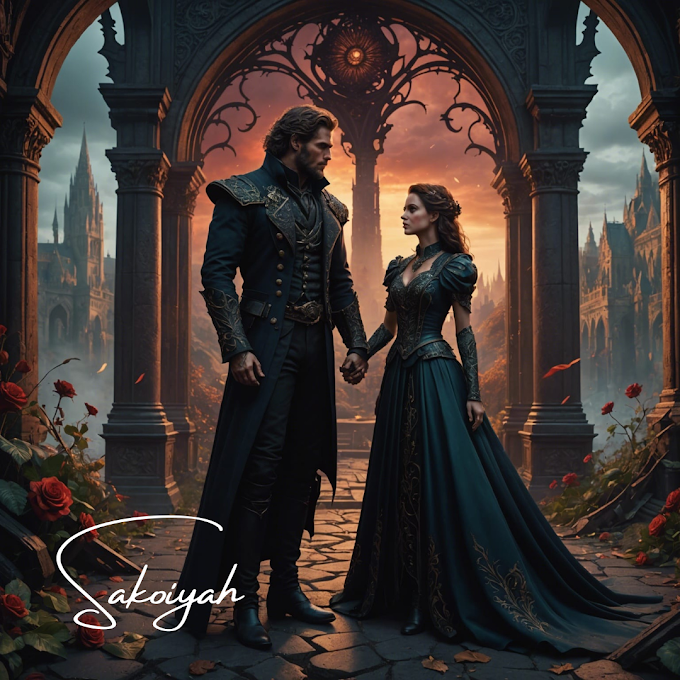Creating a compelling setting is essential for any piece of writing, whether it's a novel, short story, or screenplay. The setting serves as the backdrop for your story, influencing the atmosphere, characters, and plot. To bring your setting to life and make it an integral part of your narrative, it's crucial to ask yourself the right questions during the creation process. This blog post will explore 11 key questions writers should consider when crafting a captivating setting.
1. Where and when does the story take place?
Begin by determining the specific location and time period
in which your story unfolds. Is it a bustling city in the present day, a remote
island in the past, or a futuristic space station? Understanding the temporal
and spatial aspects of your setting is fundamental.
2. What is the overall atmosphere or mood?
Consider the emotional tone you want to evoke in your
readers. Is your setting eerie, foreboding, vibrant, lively, tranquil, and
serene? Defining the atmosphere will help you create a consistent ambiance
throughout your writing.
3. How does the setting affect the characters?
Explore how the environment shapes your characters' lives,
behaviors, and attitudes. Does it present obstacles, offer opportunities, or
reflect cultural norms? Understanding this dynamic will add depth and
authenticity to your characters' experiences.
4. What is the geography like?
Describe the physical features of your setting, such as
mountains, forests, rivers, or deserts. Consider how these natural elements
impact the plot, travel, and characters' lives. Geography can also influence
climate and resources.
5. How does the weather change?
Weather patterns play a significant role in setting the
scene and creating mood. Reflect on how weather conditions, such as rain, snow,
or storms, impact your story's events and characters' emotions.
6. What is the architectural style?
Determine the architectural style prevalent in your setting.
Is it modern, sleek, classical, ornate, or rustic and traditional?
Understanding the architecture will help you paint vivid imagery and reinforce
the cultural context of your setting.
7. What is the social and cultural backdrop?
Consider the societal norms, customs, and traditions within
your setting. How do they influence the characters' behavior, relationships,
and interactions? Delve into the social structures, hierarchies, and values
that shape your setting.
8. What is the history of the setting?
Every place has a backstory. Develop the history of your
setting, including notable events, conflicts, or significant milestones. This
history will give depth to your world and explain the current state of affairs.
9. What are the sensory details?
Engage your readers' senses by incorporating sensory details
into your descriptions. Consider the smells, sounds, textures, and tastes unique
to your setting. These details will immerse your readers and make the setting
come alive.
10. How does the setting evolve?
Think about how the setting changes and develops over time.
Is it a static backdrop, or does it transform alongside the plot and
characters? The evolution of the setting can parallel character growth or
contribute to the overall story arc.
11. How does the setting enhance the theme or
message?
Examine how your setting aligns with the theme or message of
your story. Does it symbolize something, provide contrast, or highlight certain
aspects? The setting can deepen the impact of your narrative and convey
underlying themes.
Conclusion
Crafting a vivid and captivating setting requires careful
consideration and attention to detail. By asking yourself these 11 questions
during the creation process, you can develop a setting that complements your
story and becomes a character in its own right. So, immerse yourself in the
world you're building, and let your setting transport your readers to a place
they won't want to leave.




.png)

.png)




0 Comments